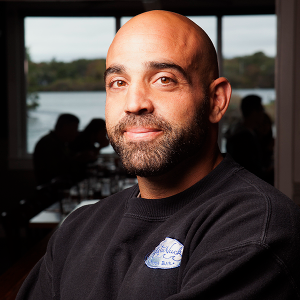Mariculture and Seaweed Culture
Mariculture is the cultivation, management, and harvesting of marine creatures in their natural habitat (including estuarine, brackish, coastal, and offshore seas) or in enclosures such as pens, tanks, or channels. Seaweeds, mollusks, crabs, fish, and, more recently, echinoderms are among the organisms that have been grown. Two characteristics distinguish Mariculture from capture fisheries: stock ownership and active intervention in the production cycle (husbandry). Mariculture is the world's fastest-growing food industry. It is and will continue to expand in significance in terms of aquatic food in coastal areas, as well as a source of employment and income for many coastal habitats. Mariculture that is well-planned and managed can also help to protect the ecology along the coast.
- Methods
- Benefits
- Environmental Effects
- Seaweed Supplement
- Global Seaweed Production and Trade
- Seaweed Resources

Perry Raso
Matunuck Oyster Farm, United States
Joni Lee Giovanna Hesley
Education Emerita, CropKing Inc., United States
Virendra Kumar Goswami
Indian Institute of Technology, India
Amit Das
Memorial University of Newfoundland, Canada
Mandeep Kaur
Panjab University, India
Pavarot Noranarttragoon
Department of Fisheries, Thailand



Title : Application of Artificial Intelligence and NISAR satellite to study the air sea CO2 exchange and aquatic toxicology to develop ‘Aquatic Pollution Remediation Technologies’(PART)
Virendra Kumar Goswami, Indian Institute of Technology, India
Title : Conditionally pathogenic microparasites (Microsporidia and Myxosporea) of mullet fish potential objects of mariculture in the Black and Azov Seas
Violetta M Yurakhno, A. O. Kovalevsky Institute of Biology of the Southern Seas of Russian Academy of Sciences, Russian Federation
Title : Integrating art, science and rural development: The multifaced role of aquarium keeping
T V Anna Mercy, Kerala University of Fisheries and Ocean Studies, India
Title : Seaweed aquaculture policy gap analyses in Indonesia, Kenya, and Tanzania
Megan Considine, The Nature Conservancy, Puerto Rico
Title : Utilizing art to enhance learning STEM subjects required for aquaculture
Joni Lee Giovanna Hesley, Education Emerita, CropKing Inc., United States
Title : Exploring the aquaculture potential of marine sponges (Phylum Porifera) in Kerala, India: A focus on growth dynamics and optimization of farming protocols
Anita M George, University of Kerala, India